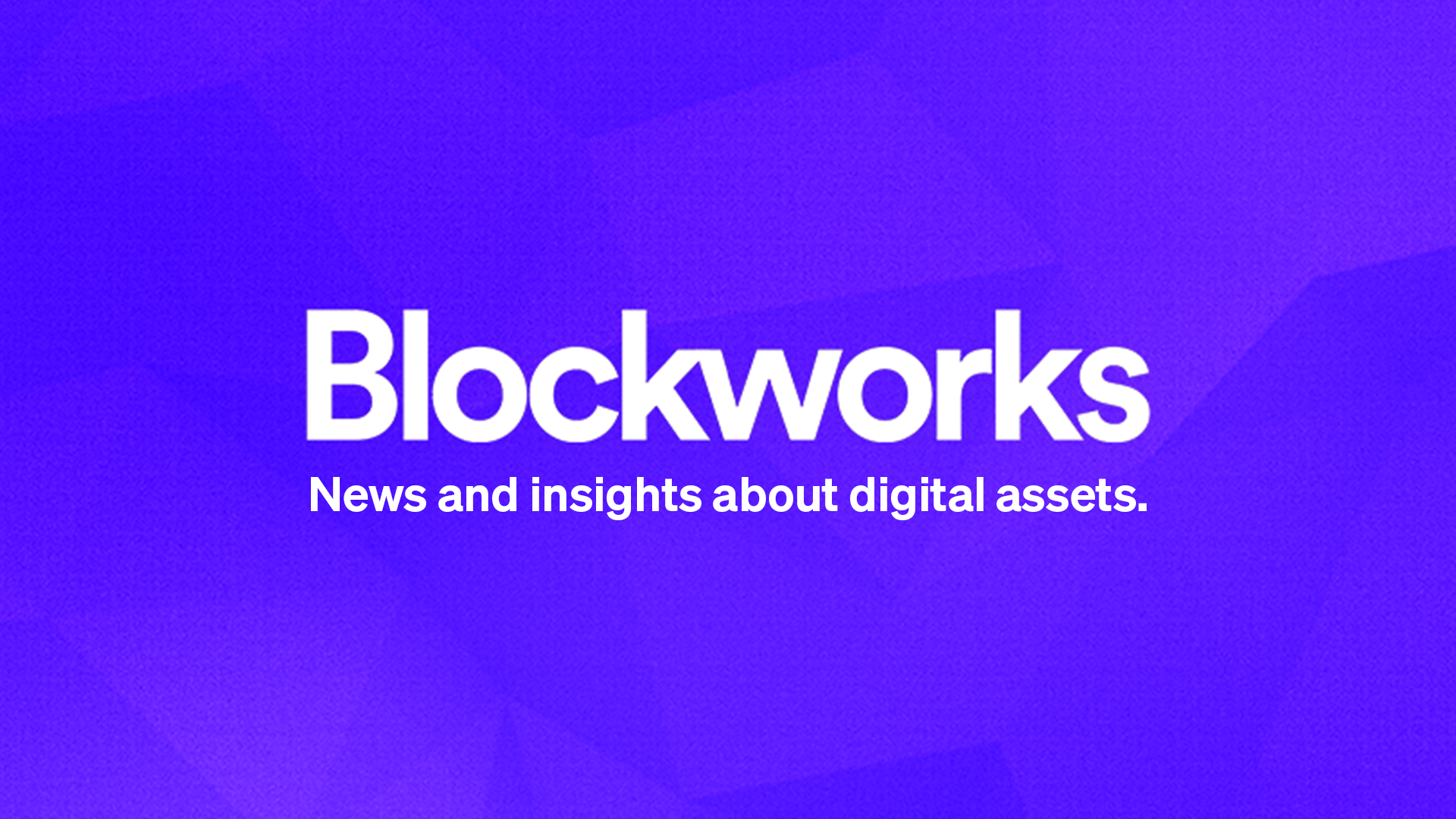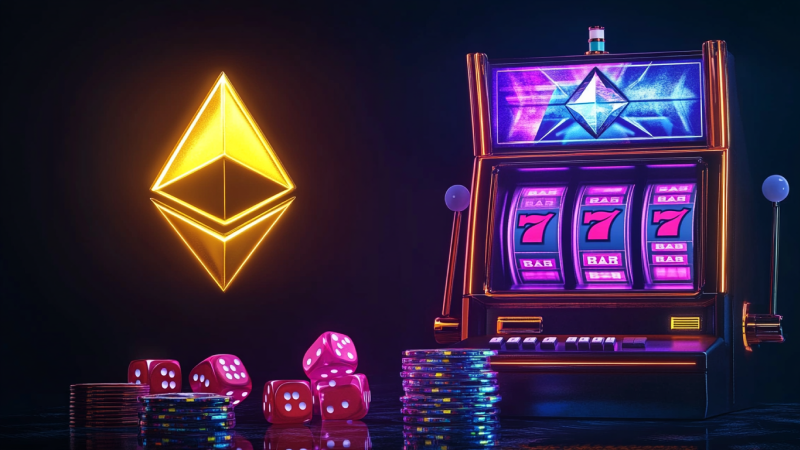ARTICLE AD BOX
Today, enjoy the 0xResearch newsletter on Blockworks.co. Tomorrow, get the news delivered directly to your inbox. Subscribe to the 0xResearch newsletter.
Funding science onchain with BIO protocol
The general way a scientist would bring their lofty academic ideas to market is to first get published in a peer-reviewed journal, spend years setting up a BioTech company as a CEO and then raise funding for that idea.
But if a collective group of individuals could raise a whopping $47 million on the blockchain to purchase an original copy of the US Constitution back in 2021, then surely the same model could be applied to fund niche fields of scientific research.
That’s what the nascent subsector of decentralized science (DeSci) has been attempting for the last few years. According to CoinGecko, DeSci today comprises about 25 tokens with a total market cap of $459 million.
The most prominent DAO at the forefront of this effort is the longevity-focused VitaDAO, which previously raised $4.1 million in January 2023 from Pfizer Ventures, alongside Bryan Johnson and Balaji Srinivasan. Vitalik Buterin also took part in a previous funding round.
Today, VitaDAO is one of eight BioDAOs that are partnered with BIO.xyz, a traditional accelerator by Molecule that launched in 2022. BIO.xyz will eventually spin out a decentralized protocol and dapp of the same name that is expected to launch on the Ethereum L1 early next year.
The BIO dapp will effectively serve as a Y Combinator-like accelerator program to fund a variety of scientific DAO projects dedicated to specific areas of research.
For instance, HairDAO is trying to solve hair loss, CyroDAO is researching cryopreservation, AthenaDAO is focused on women’s reproductive health and PsyDAO is looking at the use of psychedelics for mental health.
“After we built VitaDAO, we were approached by many people [who] wanted us to build a DAO for other biotech fields other than longevity,” Kohlhaas told Blockworks.
The need to create a unifying piece of liquidity infrastructure came naturally as an idea to unify the many illiquid tokens of these DAOs, Kohlhaas said.
The first $BIO token fair launch mint occurred in Q2 2024 and raised $8.25 million. The token remains non-transferable (though it is currently swappable for specific BioDAO tokens) and is going through its second fair launch round, having raised about 589 million BIO so far.
For now, aspiring BioDAOs need to be first whitelisted by BIO protocol before proceeding to a DAO token holder vote, though the plan is for this process to be fully permissionless.
Put simply, it’s an alternative funding model using the Web3 tools of tokenization for scientists (or patients like Ron Woodroof in the Oscar-winning film Dallas Buyers Club) who are restricted from the thick political bureaucracies of the pharmaceutical industry.
It’s the familiar DAO model that we’ve seen replicated across Web3 from financial products and social media platforms to games. Even the prestigious scientific journal Nature has acknowledged scientists should “get on board” with the model.
Loading Tweet..
BIO protocol offers an initial funding seed of about $100k to $250k for approved BioDAOs, as well as connections with service providers in their network and help with legal, branding and tokenomics.
In exchange, BIO protocol receives 6.9% of the token allocation of each BioDAO and some ownership in the BioDAO’s NFT intellectual property.
“We want these scientists or patients to be focused on doing the research, not flying around to crypto conferences and trying to figure out what a SAFT, or Univ3 liquidity position or multisig is,” Kohlhaas said.
After DAO approval, $BIO stakers can receive $BIO emission rewards and are whitelisted for priority access to the intellectual property-NFT funding rounds of respective BioDAOs. At that stage, they may decide what future BioDAOs should be approved onto the protocol.
Each BioDAO pursues one branch of scientific research (e.g. longevity, hair loss), though they may also work on several research projects at any given time.
Each piece of research is typically tokenized as a specific NFT, or “IP-NFT,” which offers a quick way for investors to fund a specific research project and own a piece of the pseudo-patent.
One VitaDAO research project offers a concrete example of the benefits behind marrying markets with scientific research in its very early stages. A project behind new gene therapy to target aging saw a 150% jump in value for its VITARNA token after positive results were published on in-vitro tests.
These BioDAOs technically operate under a non-profit structure, yet some have chosen to monetize their work in order to fund further research. HairDAO, for instance, has an actual shampoo product on the market, with its related tokenized $POO tokens.
Kohlhass likened it to a university endowment fund that actively invests to grow the university’s treasury.
It’s a pretty complex structure, and this attempt at disrupting the fundraising process around the trillion dollar industry of Big Pharma is just one subsector of DeSci.
Other DeSci verticals are targeting the problems involved in academic peer-review publishing, including Research Hub, a project founded by Coinbase’s Brian Armstrong.
Chart of the Day
NFT trading volumes at a low:
NFT trading volumes in September are at all-time lows of 115k ETH ($272 million), the lowest since January 2021. Based on CoinMarketCap data, the total market cap of NFTs is about $29.9 billion.
Start your day with top crypto insights from David Canellis and Katherine Ross. Subscribe to the Empire newsletter.
Explore the growing intersection between crypto, macroeconomics, policy and finance with Ben Strack, Casey Wagner and Felix Jauvin. Subscribe to the Forward Guidance newsletter.
Get alpha directly in your inbox with the 0xResearch newsletter — market highlights, charts, degen trade ideas, governance updates, and more.
The Lightspeed newsletter is all things Solana, in your inbox, every day. Subscribe to daily Solana news from Jack Kubinec and Jeff Albus.
 11 months ago
461674
11 months ago
461674









 English (US) ·
English (US) ·